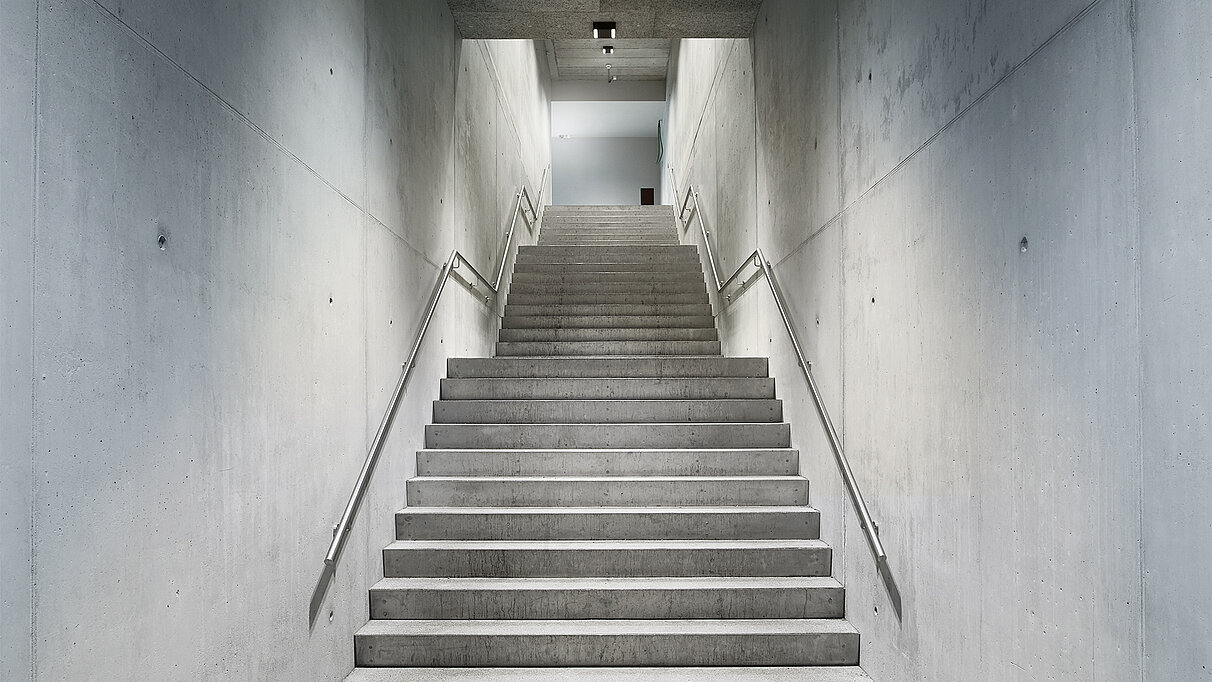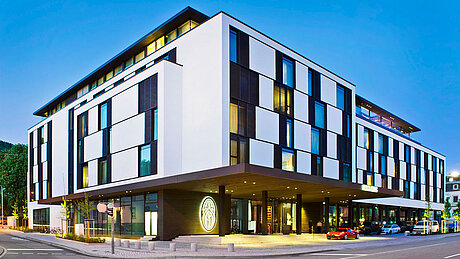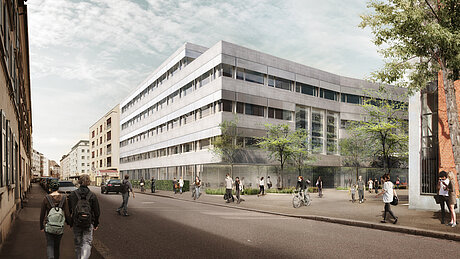Staircase constructions
Staircases come in countless designs and shapes. They can be designed as an escape route, there are spiral and straight ones with also differences in quality, surface and construction. As early as the Renaissance and Baroque periods, stairs were not only aimed at connecting floors in a building, but also served as a design element in architecture.
read more
In the meantime, the focus is increasingly on functional and technical aspects as well as aesthetic design. At the same time standards, guidelines, generally recognized technical rules and not least, the client’s wishes must be complied with.
Staircases sound insulation
Sound insulation plays a very important role in residential construction as well as in commercial properties. Ultimately, it is one of the essential prerequisites for high living comfort and contributes significantly to the value of a property and the safeguarding of health.
Optimum sound insulation can best be achieved by avoiding as many acoustic bridges as possible. Acoustic bridges cam be created by a single pebble, for example. This reduces the sound insulation by 10 dB, which corresponds to a doubling of the perceived volume. Appropriate impact sound insulation elements ensure that the staircase is acoustically decoupled and that the sound insulation requirements are met. Care must be taken to ensure the stair is continuously and without interruption, separated from the rest of the building structure.
Staircase fire protection
Since the stairs together with the staircase form a system of vertical escape and rescue routes, fire protection has a particularly high priority for staircases. The required fire resistance duration is a decisive criterion for the selection of system components.
Meeting requirements with Schöck
Schöck Tronsole® offers a range of different types to choose from. They can be optimally combined for any application and make it easy to comply with acoustic insulation and fire protection requirements. In the system a blue line around the stairwell to be decoupled, serves as the seal of quality for acoustic bridge-free and superior impact sound insulation.










